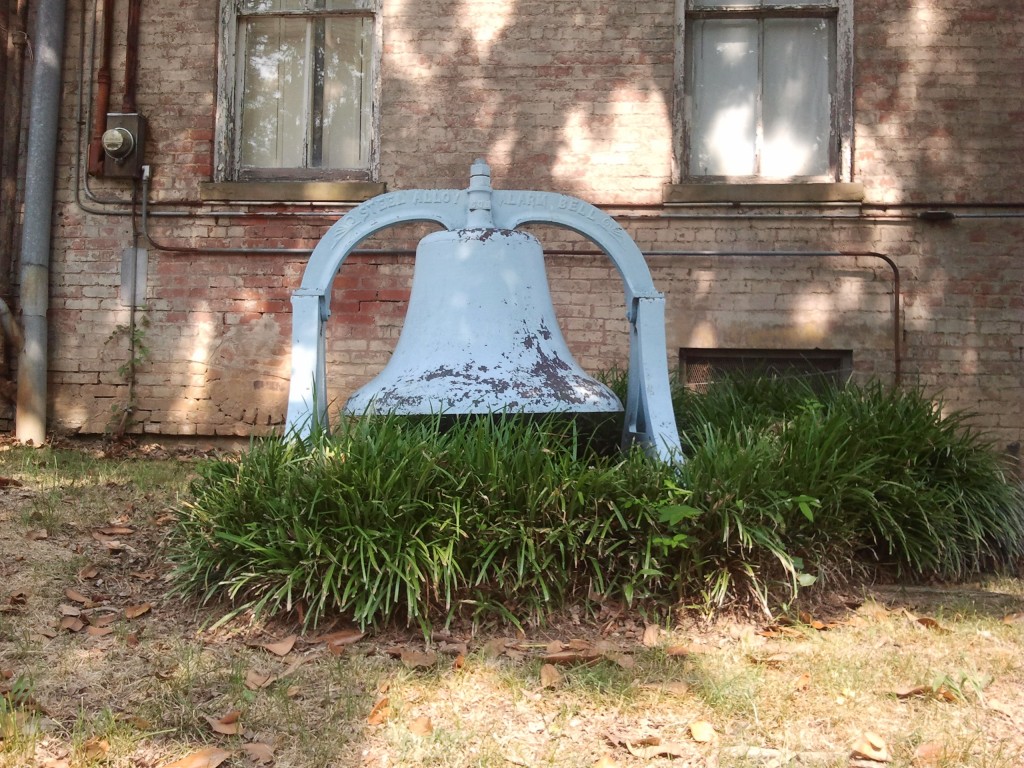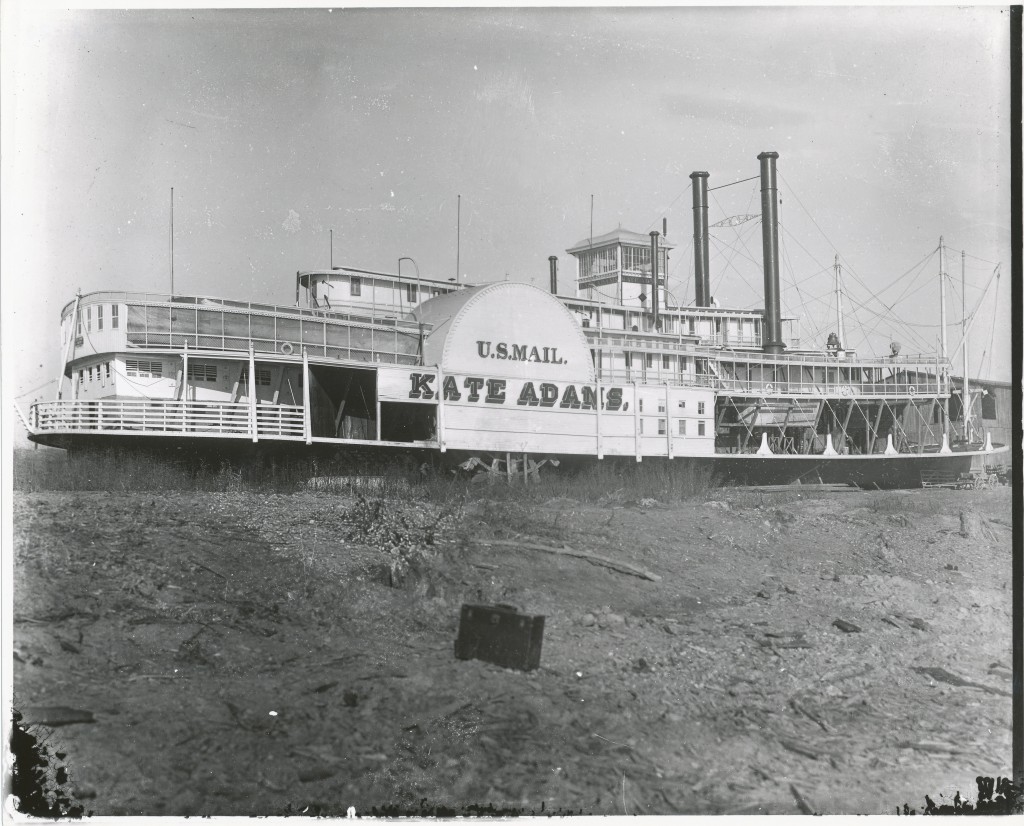Way’s Packet Directory makes no mention of this boat being owned by the Lee Line. However, the following is taken word for word from a newspaper clipping of unknown date (likely written in the 1940’s). The byline of the article is “In the Pilot House” by Joe Curtis and reads as follows: “First Mississippi river packet to have a seperate cabin for negro passengers was the GENERAL ANDERSON. Before the Civil War, Negroes were not permitted in any boat’s cabin unless they were maids or housemen traveling with their owners. Capt. James Lee was the first owner of a boat to conceive the idea of a negro cabin. It was installed on the GENERAL ANDERSON when he acquired her for the Memphis and Vicksburg trade and what brought it about was increasing travel of negroes who paid first class fares along the lower Mississippi. When Capt. Lee bought the GENERAL ANDERSON he brought her to Memphis from the Ohio River. Carpenters were put to work extending the rear of the texas (deck) leaving all forward rooms for the crew and the rear for negroes. A nice well furnished cabin was fitted up with staterooms and a small place for them to occupy if they did not want berths. Meals were served in the “parlor,” as the Negroes called it. And they had the same food set before first class passengers in the main cabin. Capt. Lee was advised against building such quarters for Negroes but answered his friends: “I believe any person paying first class fare on a steamboat is entitled to first class passage.” That settled the argument. It was October 12, 1869, when repairs to the ANDERSON were finished. Steam was raised. That afternoon she was given a trial run downstream. The bluffs of Memphis were crowded to watch the boats performance because she was talked about on account of quarters for Negroes. Her average speed was 20 mph, considered fast for a packet. Capt. Stacker Lee was chief purser. His assistants were J.B. Booker and Henry Mathes. She loaded next day to Vicksburg, departing amid screeching whistles from a dozen boats in port.



